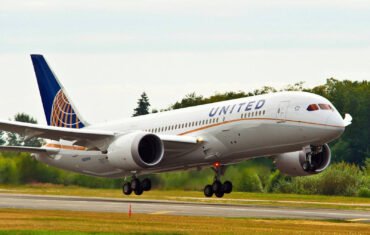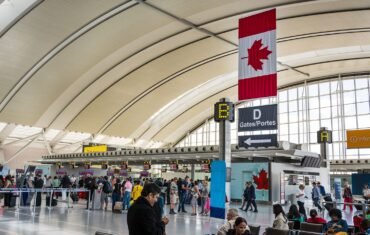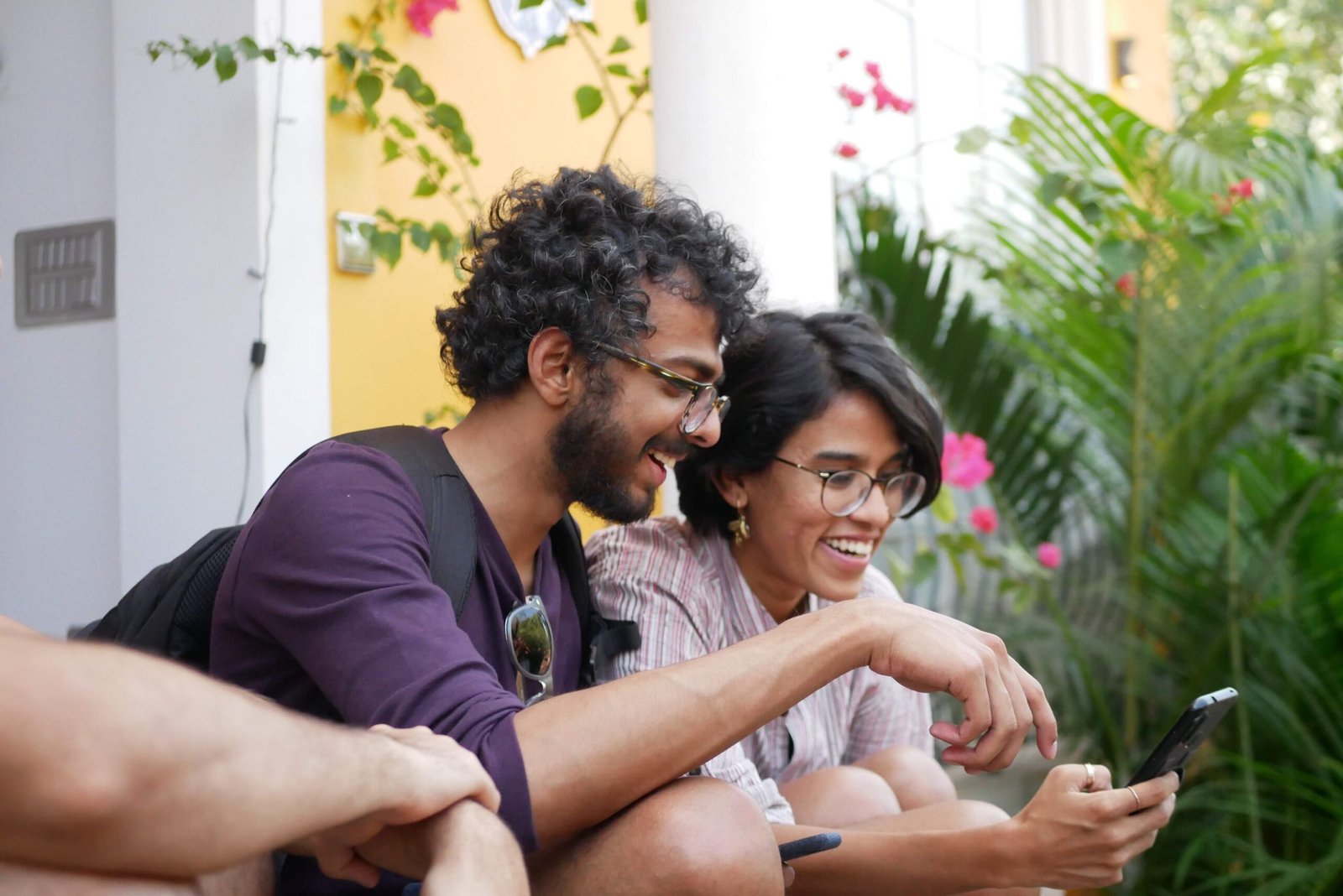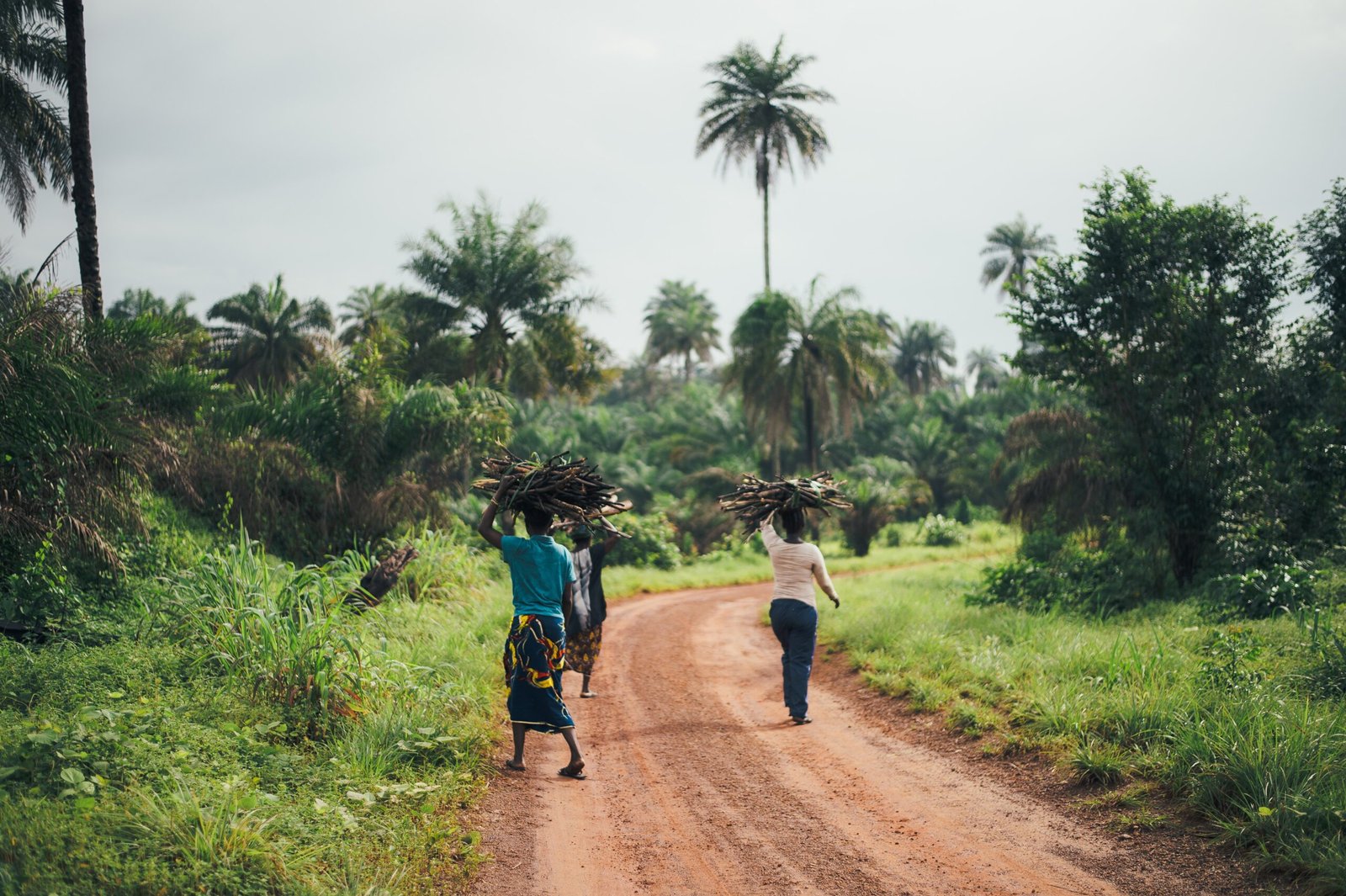New U.S. Visa Bond Pilot: Who’s Impacted, How It Works, and What to Do

The gist: The U.S. has launched a 12-month visa bond pilot starting August 20, 2025 through August 5, 2026 for some B1/B2 (business/tourism) applicants. Consular officers may require a refundable bond of $5,000, $10,000, or $15,000 as a condition of visa issuance. Bonds are posted via Pay.gov on DHS Form I-352 and refunded if travelers comply with visa terms (e.g., depart on time).
Who’s impacted right now
As of August 5, 2025, the State Department lists two countries whose nationals are subject to the pilot when otherwise eligible for B1/B2 visas: Malawi and Zambia. The list can change during the pilot and will be updated on Travel.State.Gov with at least 15 days’ notice.
Key conditions you should know
- Bond amount: Set by the consular officer at $5,000, $10,000, or $15,000 based on individual circumstances; $10,000 is the expected default in most cases.
- Payment & form: Applicants post the bond through Pay.gov using DHS Form I-352—but only if directed by a consular officer.
- Single-entry validity: Visas issued under the pilot are typically single entry, valid to enter within three months of issuance.
- Airports requirement: To comply, travelers who posted a bond must arrive and depart the U.S. via one of these ports of entry: BOS, JFK, or IAD.
- Refunds & breaches: Full bond is returned if you comply. DHS determines breaches (e.g., overstay); if breached, bond may be forfeited.
Why this matters
The bond adds time and cost for affected travelers (budgeting for the bond, following specific airport rules, and keeping records for refund). Knowing the steps early keeps trips on track and stress low.
How it could affect your trip
- Timeline: Start your visa process earlier to allow for bond instructions and payment deadlines.
- Routing: Plan itineraries that use BOS/JFK/IAD for both arrival and departure if you’re traveling under a bond.
- Paper trail: Keep boarding passes and entry/exit records—these can help confirm compliance and speed up refunds.
Okay, what do I do next?
- Complete the DS-160 (Nonimmigrant Visa Application): Use the official State Department CEAC portal here: ceac.state.gov/genniv. (More info about the DS-160 here: travel.state.gov DS-160 info.)
- Attend your visa interview: If a bond is required, the officer will tell you the amount and give official instructions.
- Post the bond only via official channels: You’ll be directed to Pay.gov to submit Form I-352 and the bond. Avoid third-party websites.
- Book BOS/JFK/IAD routes: Make sure both your arrival and departure airports meet the requirement to ensure proper compliance and refund.
Bonne Vacances Game Plan (we’ve got you!)
- Pre-screen: We’ll confirm whether your nationality is currently covered and outline your exact steps.
- Smart routing: We’ll design round-trip itineraries through BOS, JFK, or IAD that still fit your budget and schedule.
- Refund ready: We’ll help you keep the right records and timelines so your bond comes back smoothly.
Deep breath—you can still make this trip magical. With solid planning and our support, the bond is a speed bump, not a stop sign. ✨
Hashtags: #USVisa #VisaBond #TravelPolicy #TravelTips #BonneVacances







